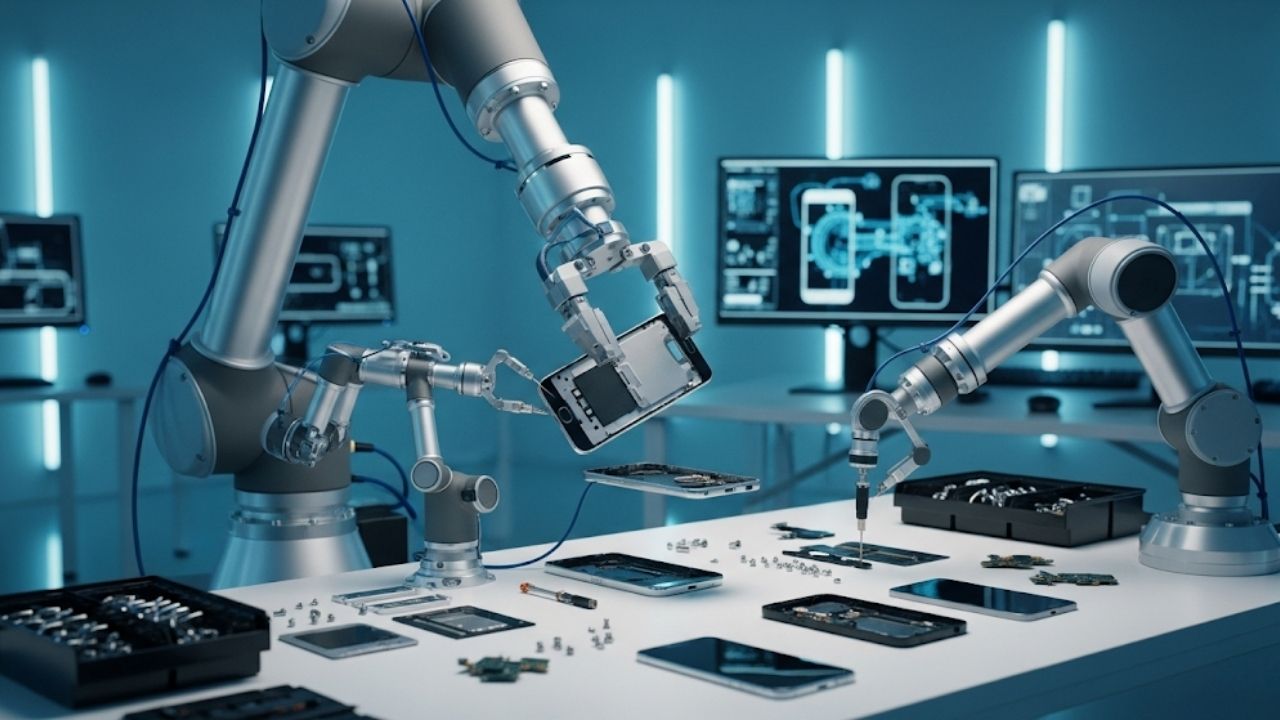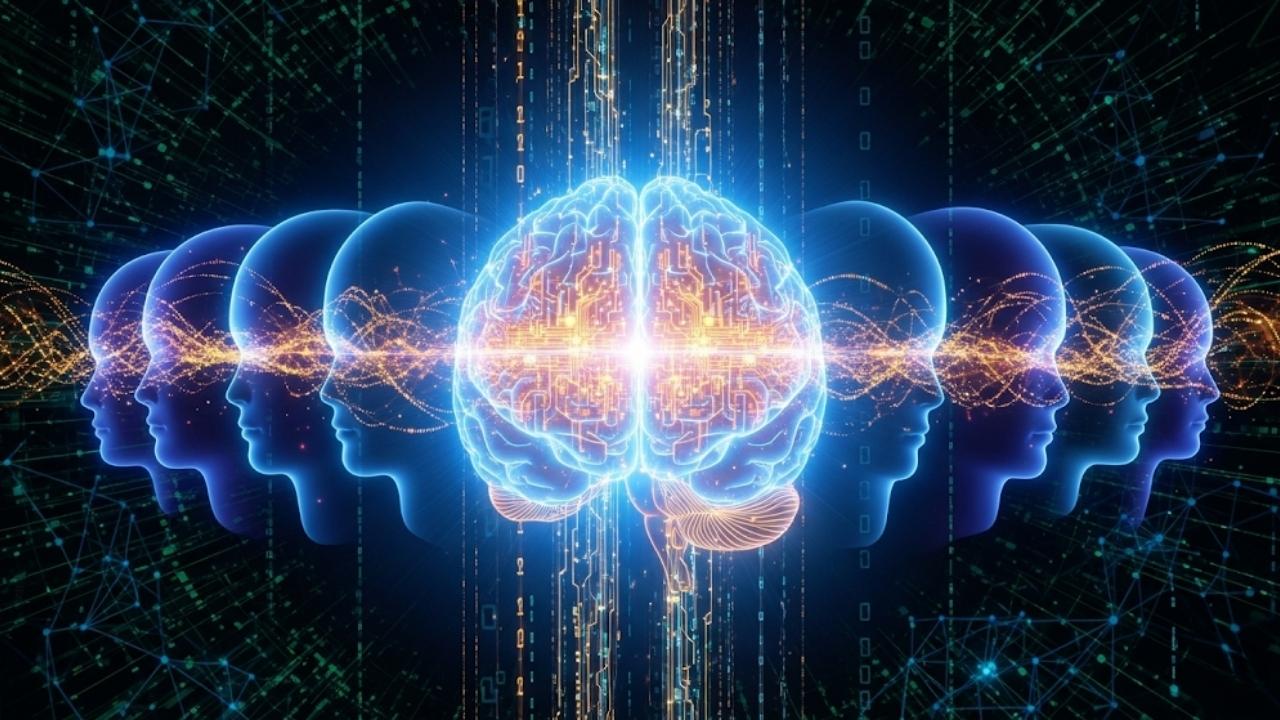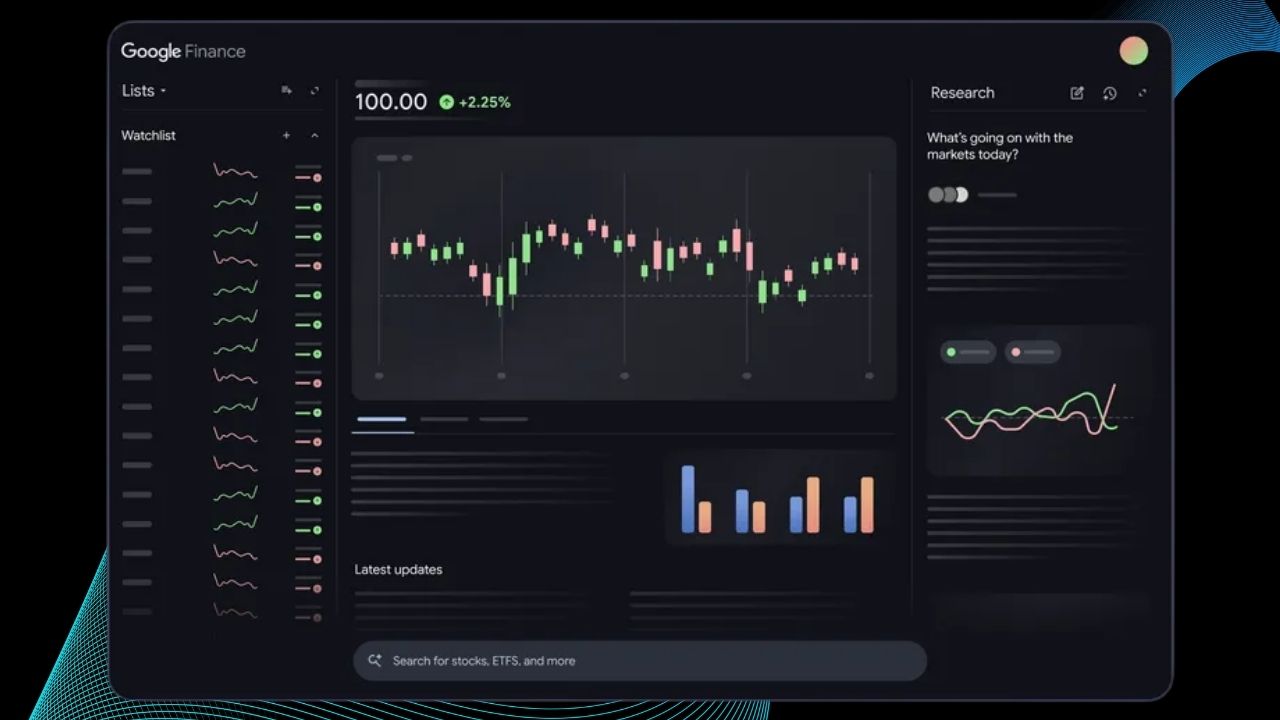IBM Expands Quantum Computing Footprint: Imagine a computer so powerful that it can solve problems in minutes that would take today’s fastest supercomputers thousands of years. That’s the promise of quantum computing—a technology that’s now taking a giant leap forward in Japan. On June 24, 2025, IBM and RIKEN unveiled the first IBM Quantum System Two ever deployed outside the United States, marking a historic milestone for both quantum science and high-performance computing worldwide.
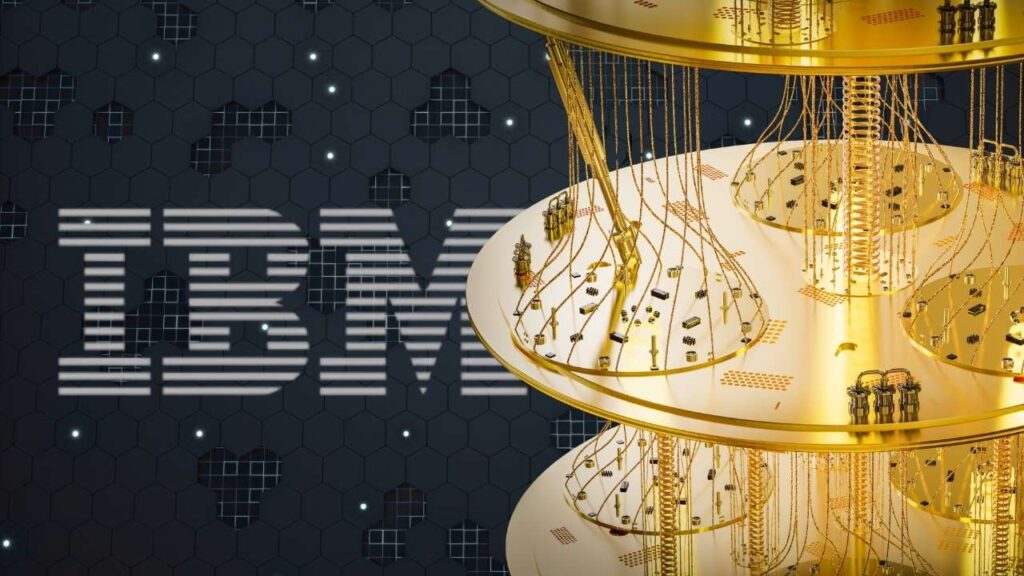
Located at the RIKEN Center for Computational Science in Kobe, this new quantum computer isn’t just any machine. It’s powered by IBM’s latest 156-qubit Heron processor and is co-located with Fugaku, one of the world’s most powerful supercomputers. This partnership is set to change how scientists, engineers, and businesses solve some of the world’s toughest problems—from discovering new medicines to inventing advanced materials and even cracking codes that keep our data safe.
IBM Expands Quantum Computing Footprint
| Feature/Statistic | Details |
|---|---|
| Quantum Computer Model | IBM Quantum System Two |
| Location | RIKEN Center for Computational Science, Kobe, Japan |
| Processor | IBM Quantum Heron (156 qubits) |
| Error Rate | 3×10⁻³ (best 1×10⁻³), 10x better than previous IBM Quantum Eagle |
| Speed (CLOPS) | 250,000 Circuit Layer Operations Per Second, 10x faster than previous generation |
| Co-located Supercomputer | Fugaku (RIKEN), one of the world’s most powerful classical computers |
| Supported by | NEDO, METI (Japanese government) |
| Main Applications | Chemistry, materials science, algorithm development, quantum advantage research |
| Professional Opportunities | Quantum research, algorithm development, quantum-classical integration, industry R&D |
The launch of the IBM Quantum System Two in Japan is a major step forward for quantum computing and high-performance computing. By combining the power of quantum and classical computers, IBM and RIKEN are opening new doors for scientific discovery, industry innovation, and even new careers in technology.
Whether you’re a student, a professional, or just curious about the future, quantum computing is a field worth watching. With its potential to solve some of the world’s most complex problems, the IBM Quantum System Two at RIKEN is helping to shape the future—one qubit at a time.
What Is Quantum Computing? (And Why Should You Care?)
Quantum computing is a new way of processing information using the strange rules of quantum physics. Unlike regular computers, which use bits (0s and 1s), quantum computers use qubits—quantum bits that can be 0, 1, or both at the same time! This lets them explore many possibilities at once, making them potentially much faster for certain problems.
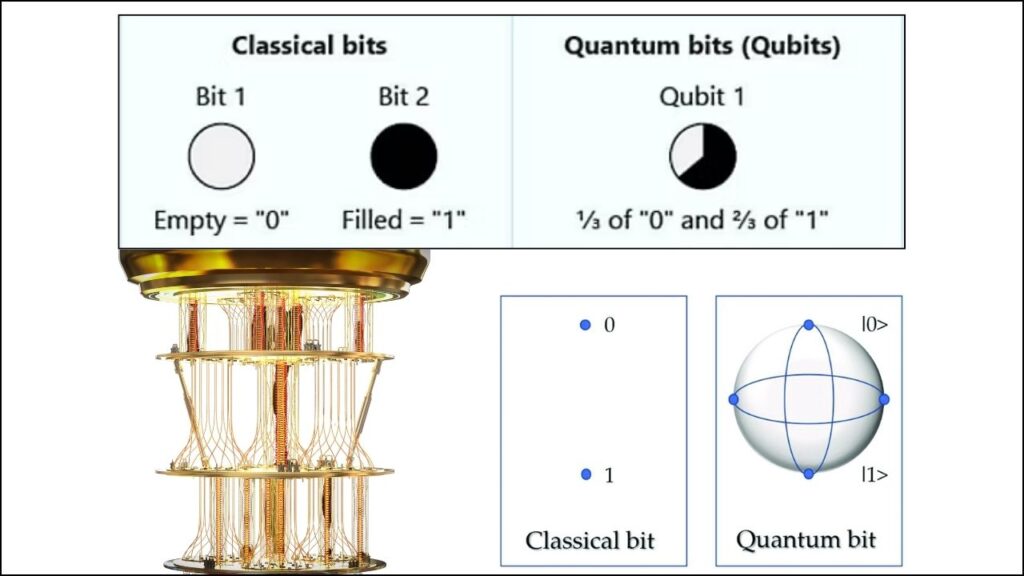
To put it simply: if a regular computer is like a person reading a book one page at a time, a quantum computer is like a room full of people reading every page at once. This is especially useful for tasks like simulating molecules (which helps invent new medicines), optimizing logistics (like making delivery routes super efficient), and breaking codes (which keeps our online information safe—and helps us protect it better).
Why Is the IBM Quantum System Two in Japan So Important?
The IBM Quantum System Two at RIKEN is a big deal for several reasons:
- First Outside the US: This is the first time IBM has installed a Quantum System Two outside the United States, showing its commitment to global quantum research.
- Best-in-Class Hardware: The system uses IBM’s Heron processor with 156 qubits, offering a two-qubit error rate of 3×10⁻³ (with the best at 1×10⁻³), which is 10 times better than the previous IBM Quantum Eagle.
- Super-Fast: It can perform 250,000 circuit layer operations per second (CLOPS), which is 10 times faster than the previous generation.
- Co-located with Fugaku: The quantum computer is right next to Japan’s Fugaku supercomputer, one of the world’s most powerful classical computers. This lets researchers combine the strengths of both types of computers for even more powerful results.
- Government Support: The project is supported by NEDO and METI, which are major Japanese government agencies focused on technology and industry.
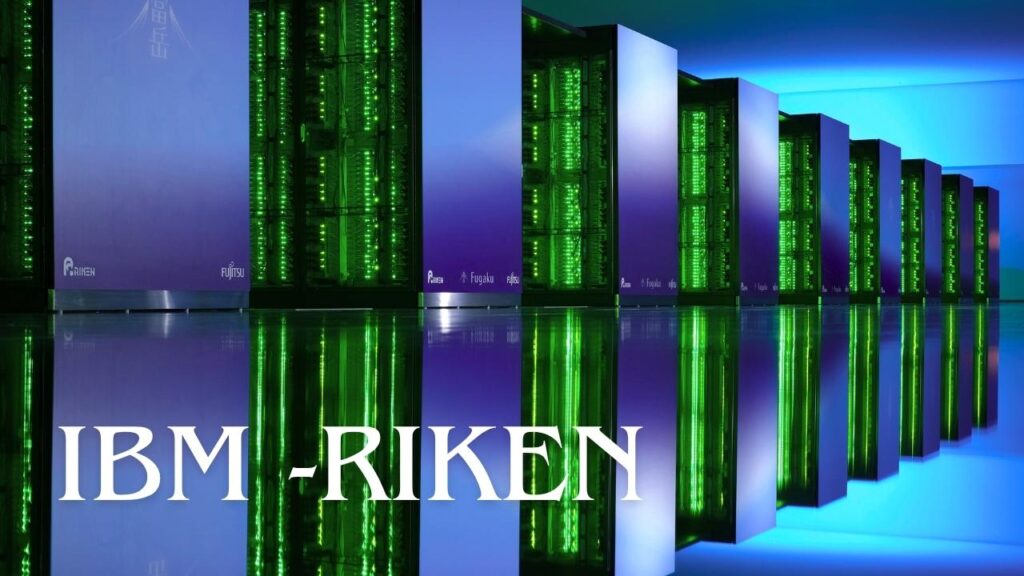
How Does Quantum Computing Work? (A Simple Guide)
Let’s break down how quantum computers like the IBM Quantum System Two work, step by step:
1. Qubits: The Heart of Quantum Computing
A qubit is the quantum version of a bit. While a regular bit is either 0 or 1, a qubit can be 0, 1, or both at the same time (this is called superposition). This lets quantum computers try many solutions at once.
2. Entanglement: The Secret Sauce
When qubits are entangled, changing one instantly affects the other, no matter how far apart they are. This helps quantum computers process information in ways regular computers can’t.
3. Quantum Gates: Building Blocks of Quantum Circuits
Quantum computers use quantum gates to manipulate qubits. These gates are like the logic gates in regular computers, but they can do much more because of superposition and entanglement.
4. Measurement: Getting the Answer
At the end, the quantum computer measures the qubits. Because of superposition, the answer is usually a probability of different outcomes. Scientists run the same calculation many times to find the most likely answer.
5. Error Correction: Keeping Things Accurate
Quantum computers are sensitive to errors. The IBM Heron processor is special because it has a much lower error rate than previous models, making it more reliable.
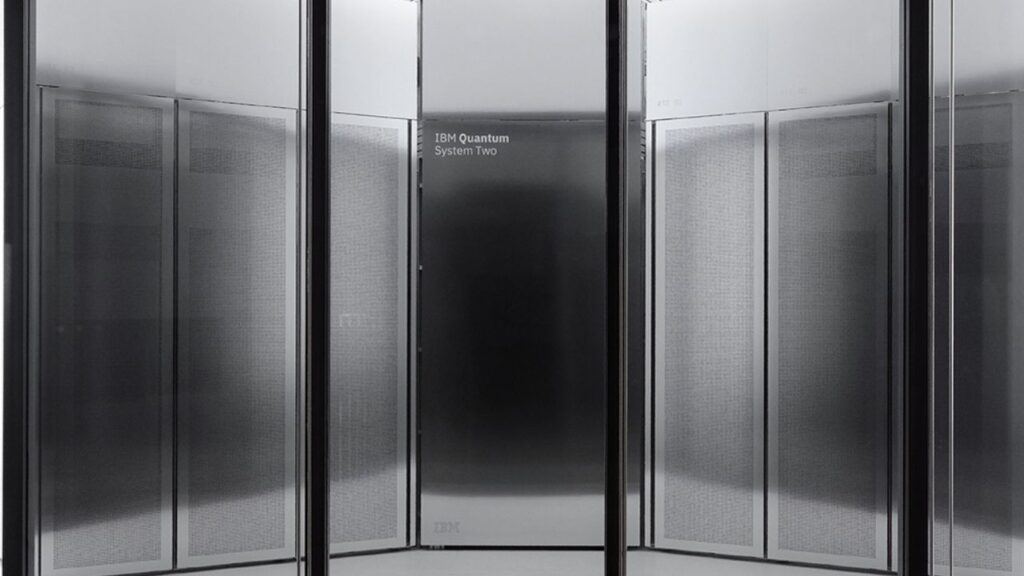
What Can You Do With a Quantum Computer? (Real-World Examples)
Quantum computers aren’t just for scientists—they can help solve real-world problems:
- Medicine: Simulating molecules to discover new drugs faster.
- Materials Science: Designing new materials for batteries, solar panels, and more.
- Logistics: Finding the best routes for deliveries or flights.
- Finance: Optimizing investment portfolios and detecting fraud.
- Security: Breaking codes (and creating new, unbreakable codes).
At RIKEN, researchers will use the IBM Quantum System Two and Fugaku together to tackle problems in chemistry, materials science, and algorithm development.
How Does the IBM Quantum System Two Compare to Other Quantum Computers?
Here’s a simple comparison:
| Feature | IBM Quantum System Two (Heron) | Previous IBM Quantum Eagle | Fugaku Supercomputer (Classical) |
|---|---|---|---|
| Qubits/Bits | 156 qubits | 127 qubits | Millions of bits |
| Error Rate | 3×10⁻³ (best 1×10⁻³) | 3×10⁻² | N/A |
| Speed (CLOPS) | 250,000 | ~25,000 | N/A (classical speed) |
| Special Feature | Co-located with Fugaku | Standalone | Co-located with Quantum System |
Practical Advice: How to Get Involved in Quantum Computing
If you’re excited about quantum computing and want to get involved, here are some steps you can take:
1. Learn the Basics
Start with free online courses or tutorials about quantum computing. IBM offers free resources on their website, including interactive quantum simulators.
2. Try Quantum Programming
You can write simple quantum programs using languages like Qiskit (IBM’s open-source quantum software). No need for a quantum computer—you can simulate qubits on your laptop!
3. Join a Community
Connect with others interested in quantum computing. There are online forums, meetups, and hackathons where you can learn and share ideas.
4. Follow the Latest News
Stay updated on new developments by following IBM, RIKEN, and other leading research centers. The field is moving fast, and there are always new breakthroughs to learn about.
5. Consider a Career in Quantum
Quantum computing is creating new jobs in research, software development, and industry. If you love science, math, or technology, this could be a great career path for you.
Advances in Quantum Computing and Hybrid Quantum-Classical Workflows
PsiQuantum Study Reveals Roadmap For Loss-Tolerant Photonic Quantum Computing
Google Research Warns Quantum Computing Could Crack Bitcoin Encryption Sooner Than Expected
FAQs About IBM Expands Quantum Computing Footprint
Q: What is quantum computing?
A: Quantum computing is a new type of computing that uses qubits (quantum bits) instead of regular bits. Qubits can be 0, 1, or both at the same time, allowing quantum computers to solve certain problems much faster than regular computers.
Q: Why is the IBM Quantum System Two special?
A: It’s the first IBM Quantum System Two outside the US, uses the latest Heron processor with 156 qubits, and is co-located with the Fugaku supercomputer. This makes it one of the most advanced quantum systems in the world.
Q: What can quantum computers do that regular computers can’t?
A: Quantum computers can simulate molecules, optimize complex systems, and solve certain math problems much faster than regular computers. They’re especially good at tasks where there are many possible solutions to explore.
Q: How can I learn more about quantum computing?
A: You can start with free online courses, try quantum programming with Qiskit, and join online communities. IBM and RIKEN also offer resources and updates on their websites.
Q: Are quantum computers available to everyone?
A: Not yet. Most quantum computers are used by researchers and companies. However, IBM and others offer cloud access to quantum simulators and small quantum computers for learning and experimentation.

